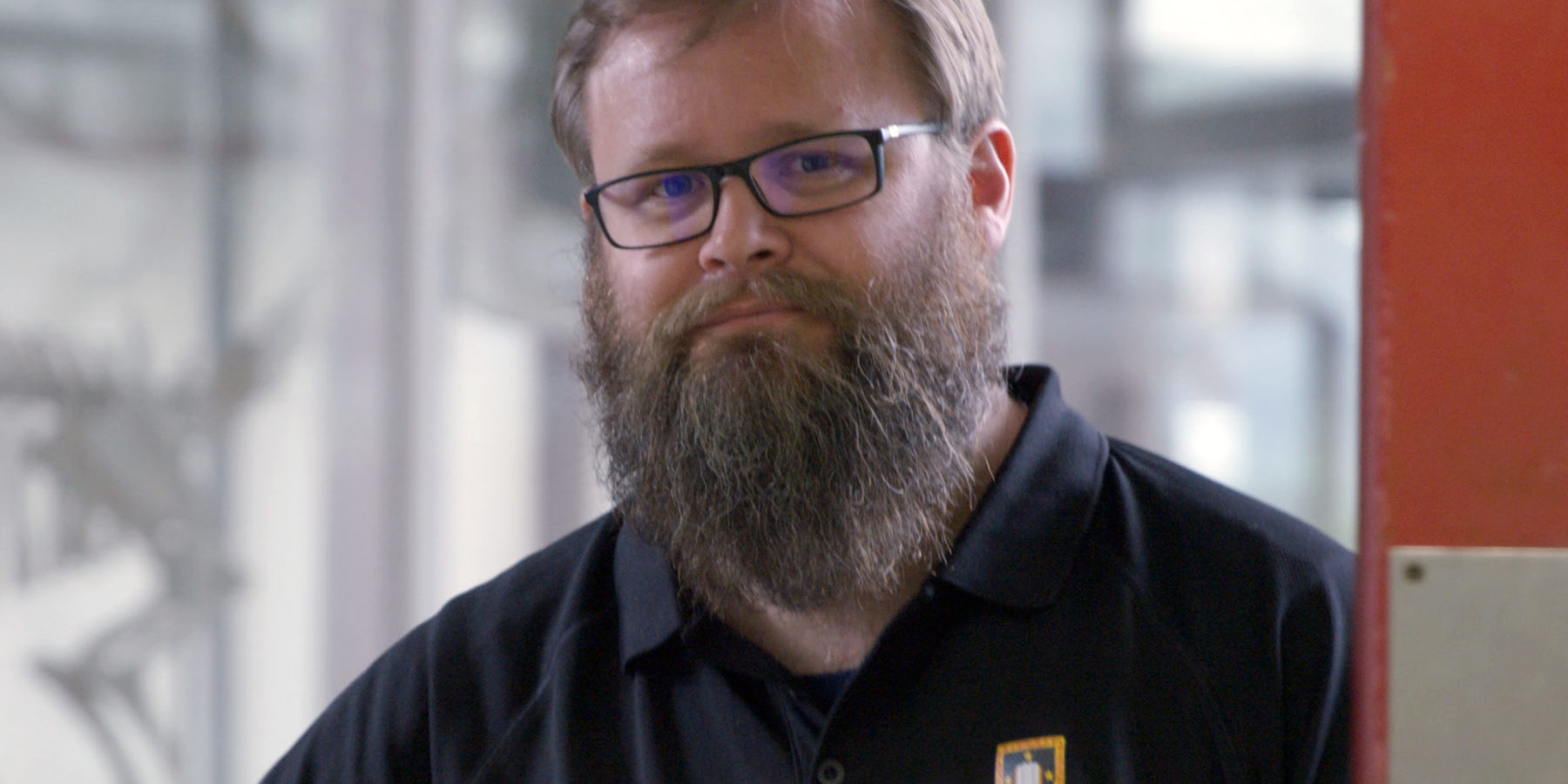By successfully accounting for movement in ‘time of flight’ range imaging, Dr Lee Streeter has revolutionised this technology and expanded its potential application.
‘Time of flight’ imaging allows for physical measurements to be captured by timing how long it takes a light wave to travel to an object and back. Multiple images can be compiled to create a digital 3D replica of a thing or scene. However, movement of any elements reduces accuracy of the result. Dr Streeter’s world-leading mathematical modelling has cracked this significant problem, vastly expanding the commercial scope of the technology. His work has sparked interest from diverse industries including baggage handling and safe vehicle operation, with research planned for ambulance patient monitoring and fruit pollination. It is also being used to improve the cameras used for ToF work.
Dr. Lee Streeter
A notion for motion
Datamars Engineering Science Award
By successfully accounting for movement in ‘time of flight’ range imaging, Dr Lee Streeter has revolutionised this technology and expanded its potential application.
‘Time of flight’ imaging allows for physical measurements to be captured by timing how long it takes a light wave to travel to an object and back. Multiple images can be compiled to create a digital 3D replica of a thing or scene. However, movement of any elements reduces accuracy of the result. Dr Streeter’s world-leading mathematical modelling has cracked this significant problem, vastly expanding the commercial scope of the technology. His work has sparked interest from diverse industries including baggage handling and safe vehicle operation, with research planned for ambulance patient monitoring and fruit pollination. It is also being used to improve the cameras used for ToF work.





